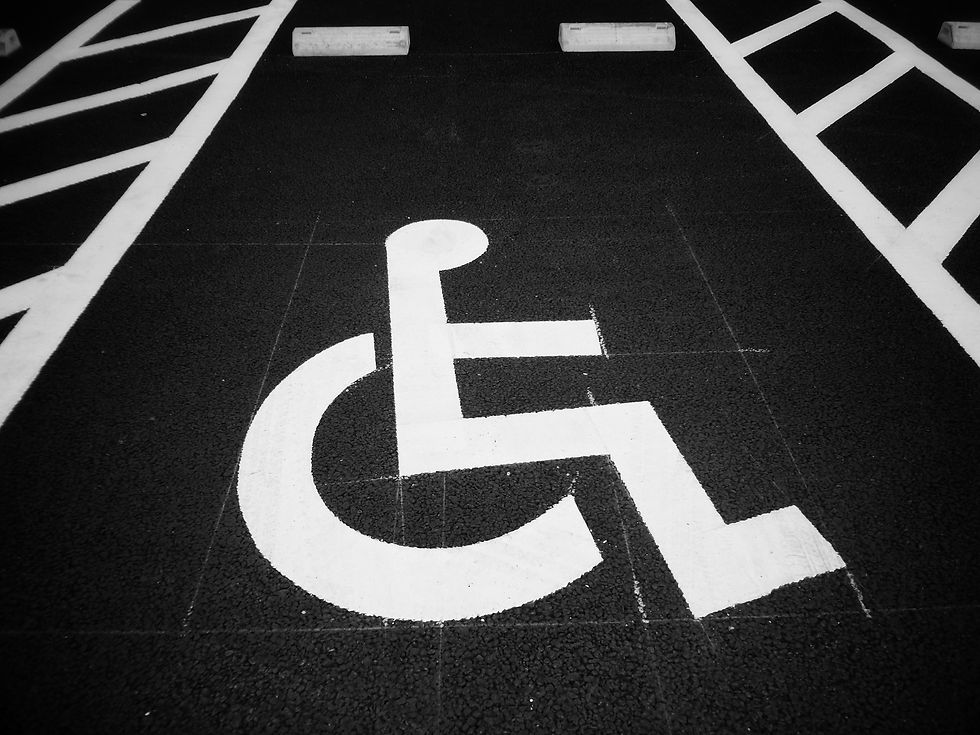EU Disability Strategy: Time to Translate Words into Action
- ECOPNET

- Jun 17, 2021
- 2 min read

Rooted in the United Nations Convention on the Rights of Persons with Disabilities (UNCRPD), which was the first international treaty to take a human rights approach to disability, the EU Disability Strategy for the next decade is a promising document with many commendable proposals and only a few flaws. But for the strategy to be able to live up to its promise of ending discrimination against 87 million European with disabilities, its implementation will require a strong political will and resources.
The lack of specific reference to women with disabilities and of specific measures to fight their discrimination is one of the few flaws in the otherwise laudable EU Disability Strategy 2021-2030. Unveiled by the European Commission in March, the strategy took on board many important recommendations and proposals made by disability and civil society organisations, a hearing held by the European Economic and Social Committee (EESC) on 1 June found.
"The EESC welcomes the new strategy", said the rapporteur for the opinion, Ioannis Vardakastanis. "Now it is important that commitments are kept and words translated into actions that change and improve the lives of citizens with disabilities.", he added.
Despite all efforts, persons with disabilities are still at a higher risk of poverty and social exclusion than persons without disabilities. Access to healthcare, lifelong learning, employment, and leisure remains challenging, participation in political life is limited, and persons with disabilities are still discriminated against. Furthermore, the COVID-19 pandemic has exacerbated existing inequalities. ECOPNET (European Cooperation and Partnership Network) supports the strategy that brings improvement in the areas of accessibility, awareness-raising, education and training, social protection and health, among others.
Aligned with the UNCRPD, the strategy aims to ensure dignity, equal treatment and full participation of persons with disabilities (PWDs) in society by removing physical barriers, stigmatisation and prejudice affecting all aspects of their lives. The new strategy builds on the progress achieved so far through its predecessor that was in place over the past ten years. It scales up to address the remaining hurdles, setting out key initiatives around three main themes: rights, independent living and autonomy, equal opportunities and non-discrimination.
One of its flagship initiatives is AccessibleEU, which should make transport, buildings and information more accessible to Europeans with disabilities. The other one, the European Disability Card, will make it easier for them to move freely within the EU.
Unlike its predecessor, the new strategy will also have a framework for monitoring the progress of its implementation, with a set of new indicators.
FORGOTTEN IN THE STRATEGY: WOMEN WITH DISABILITIES
Although the Commission's proposal received high marks for its strong commitment to creating a disability-inclusive Europe, it was not perfect. Among the most serious objections raised was the absence of specific reference to, and action for, women and girls with disabilities.
"For the EESC, this represents a very big gap", said Mr Vardakastanis.
Figures showed that 34% of women and girls from this group had experienced violence and sexual violence, to which those with intellectual disabilities were particularly exposed. They suffered discrimination in all walks of life and were at a higher risk of poverty and social exclusion than their male peers. They were also among those hardest hit by COVID-19 crisis.
Source: European Economic and Social Committee News





Comments